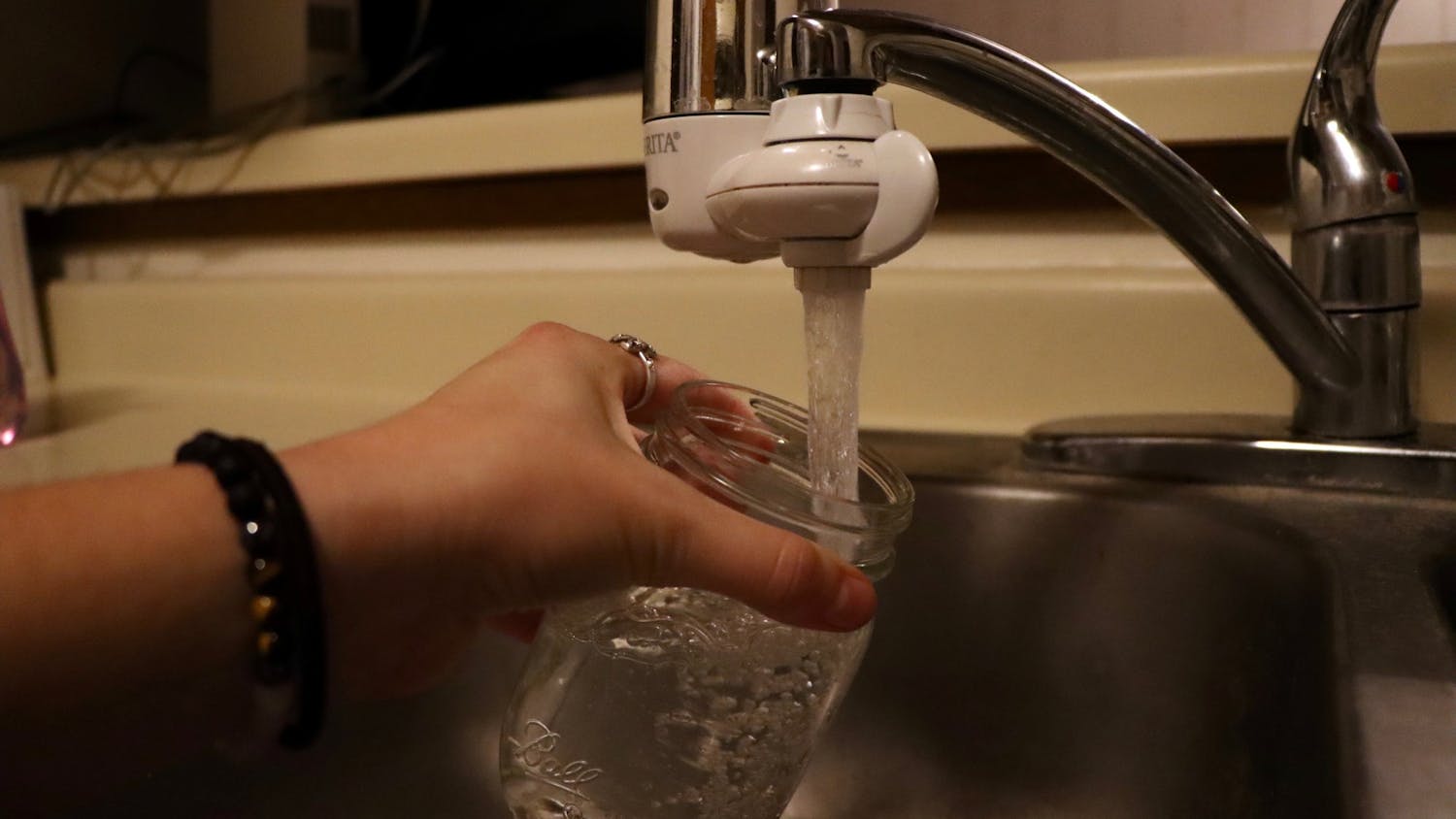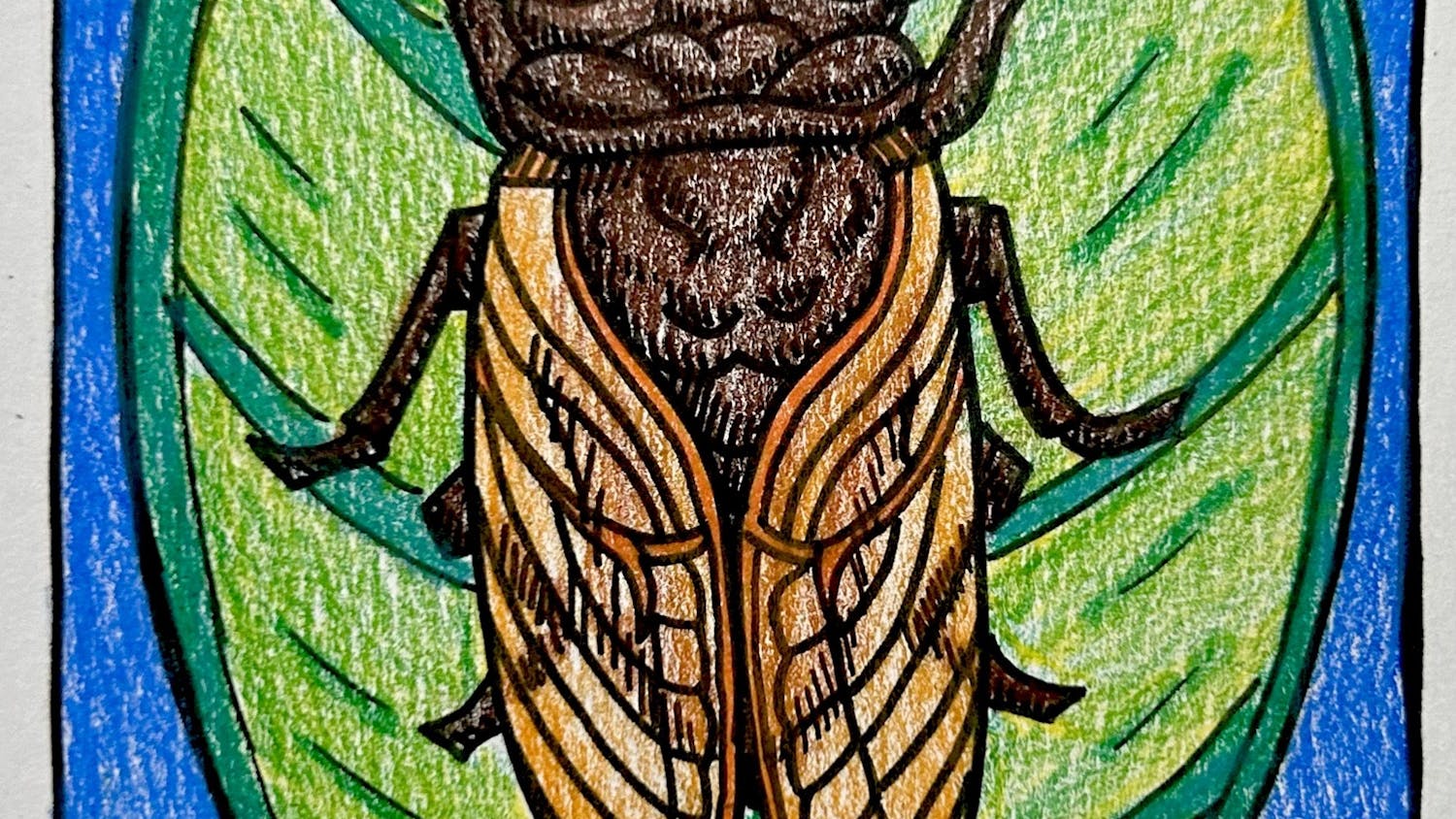Viewers watched live at 12:30 p.m. on June 3 as UW botanist Simon Gilroy and his research team launched cotton seeds to the International Space Station, marking the beginning of the first-ever attempt to grow cotton in space.
Gilroy’s lab, which focuses on how plants sense and process stimuli, as well as how this impacts growth, seeks to compare cotton grown in space and on Earth under their TIC-TOC (Targeting Improved Cotton through Orbital Cultivation) project. “We want to understand how gravity influences the development of the root system of cotton,” Gilroy said.

Cotton is crucial for the manufacture of textiles — 25 million metric tons are grown globally each year — but it is difficult to grow sustainably.
“Cotton uses huge amounts of water and huge amounts of nutrients,” said Gilroy, whose lab has conducted four previous astro-botanical experiments. “And that’s basically a root system thing. Maybe there are elements related to gravity sensing that we could tweak on Earth to redesign the root system to make it more efficient.”
The TIC-TOC experiment, funded by Target as part of a sustainability research challenge, will compare the growth of two kinds of cotton: regular cotton and genetically engineered cotton that has been modified to be more resilient to a spectrum of stressors. The Gilroy lab predicts that the modified kind will perform better in space.
On Earth, the more resistant variety can weather droughts due to its roots having an improved ability to penetrate the soil in search of water and nutrients. “The goal is to understand root system growth to help understand how to generate cotton with roots that grow deep to scavenge water more efficiently and also sequester more carbon in the soil,” Gilroy said. More efficient cotton would mean saving millions of liters of water annually.
Sustainably grown cotton, or even cotton that is less thirsty than the unmodified variety, would be a huge step towards a less environmentally damaging textile and garment production industry.
TIC-TOC was previously put on hold due to the COVID-19 pandemic and the travel restrictions it imposed on the UW. Now, free to travel once more, Gilroy and his research team will prepare cotton seeds on specialized petri dishes at the Kennedy Space Center in Cape Canaveral, FL.
Astronauts will then install the seeds into growth chambers, where they will germinate and grow for six days under the watchful eyes — and cameras — of the astronauts on the ISS. At the end of the experimental period, the seedlings will be frozen and delivered back to Earth, where the Gilroy lab will have performed an identical experiment.
The data will then be analyzed back home at the UW-Madison, where researchers will be able to compare growth and development to see how a brief foray into zero-gravity affected the seedlings’ gene expression.
Among its many other achievements, Gilroy’s lab is the first to have genetically engineered plants that grow better than the wild-type, natural plants in space.






